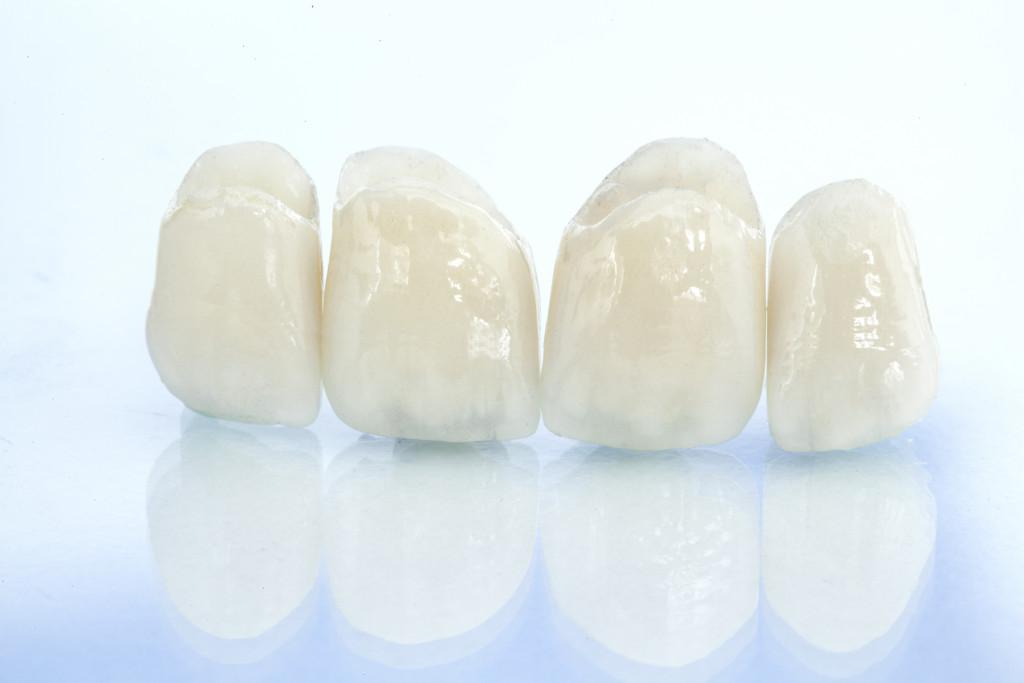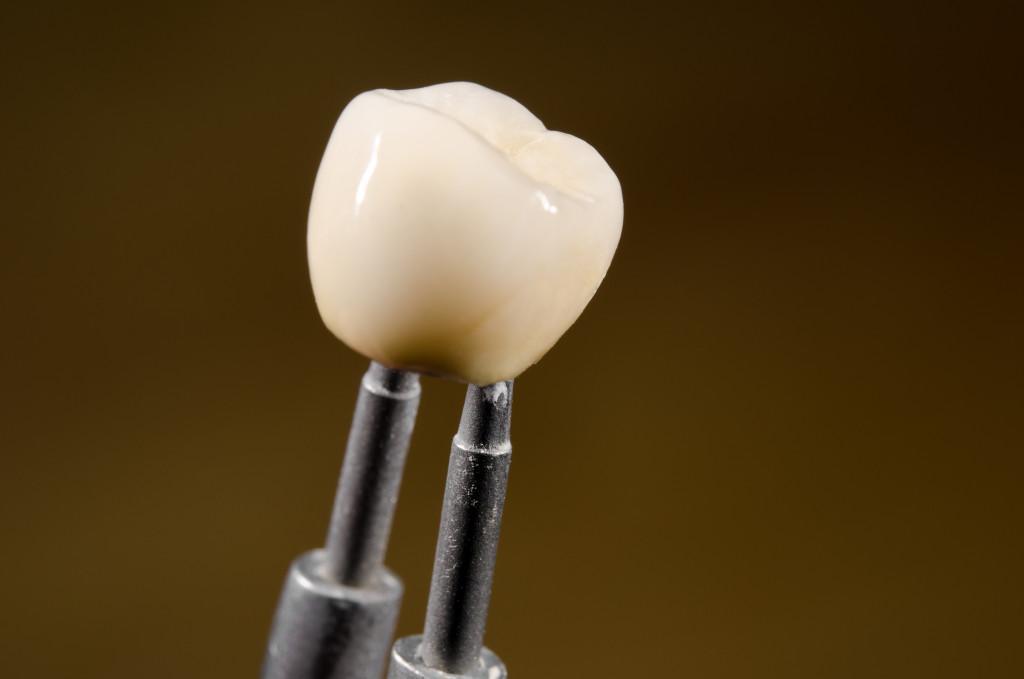In 2012, a dentist won a bidding for Elvis Presley’s dental crown. However, aside from being an iconic dental item, a dental crown is a cap that protects and covers damaged teeth. It is also used to restore tooth shape when fillings are not enough.
In this article, we explore everything related to dental crowns, like risks, benefits, and the types of dental crowns according to the materials used. However, to get professional advice on dental crowns, it is best to visit the MetroDental website or schedule a dental consultation.
Reason for getting a dental crown
Because of tooth decay, the tooth may lose its original shape and size. Therefore, a dental crown helps an individual restore the original shape and size of the tooth by cementing a cap over the damaged tooth.
A dental crown is required when a broken or cracked tooth can no longer be remedied by using a dental filling. Using a dental crown can protect the broken tooth and save an individual from undergoing root canal therapy.
Moreover, a tooth that has undergone root canal therapy needs a dental crown. Not getting one may cause the tooth to fracture; when this happens, the fractured tooth needs to be extracted. Therefore, the last step of a root canal is getting a dental crown.
Furthermore, dental crowns help the teeth to have a proper bite. Sometimes, due to teeth grinding, a person’s bite is affected; getting a dental crown can help correct it. Moreover, some teeth may also be shorter than others, and a dental crown can help restore teeth alignment.
Lastly, some may need another dental crown after the old ones have been damaged. Usually, dental crowns last from ten to 15 years, but it still depends on how patients care for them and what kind of diet they have. When an old crown gets damaged, a new one needs to replace it.
Dental crown materials

Over the years, certain materials have been discovered to create permanent crowns. Some of these materials include PFM, metal, ceramic, and resin.
Porcelain fused to metal
Porcelain fused to metal is a type of dental crown that is considered one of the best materials for damaged teeth repair. This material can be easily matched to the color of the teeth and gives a more natural look. However, the metal attached to the porcelain cap may sometimes show a dark line.
Other disadvantages of using PFM include the porcelain material’s susceptibility to chipping; the teeth next to the crown may be word down, too. A crown specifically affects a tooth on top or bottom every time teeth come into contact or when the mouth is closed.
Metal
Gold, nickel, and palladium are only some of the different metals that can be used for dental crowns. These materials are specifically chosen for dental crowns because they take a longer time to break. Moreover, when using metal as a dental crown, the amount of tooth needed to be removed is smaller.
Metal has longer durability against chewing and biting forces. However, unlike PFM, metals are highly visible. Therefore, it’s best to use metal on out-of-sight molars.
Ceramic
All-ceramic crowns are used as an alternative to PFM crowns. Made from ceramics, these metal-free crowns are made from materials like zirconia or glass-infiltrated alumina. Ceramic crowns blend well with other teeth, making it a good choice if you’re looking for an aesthetic advantage. Moreover, this material is wear-resistant, making a dental crown durable.
Risks
Several issues may be experienced when an individual chooses to get a dental crown, including discomfort, allergic reaction, and chipped or loose crown.
A person who gets a new dental crown may experience discomfort or sensitivity once the anesthesia wears off. To relieve the discomfort, dentists advise using toothpaste made for sensitive teeth. When a person experiences sensitivity every time they bite down, it is best to consult the dentist to fix the crown.
A crown made from porcelain may be prone to chipping. When it’s just a small chip, it can easily be repaired without taking off the crown. However, larger or several chips may require replacement.
On the other hand, loose crowns happen when cement is used to hold the crown washes off. When the crowns become loose, bacteria may enter and cause tooth decay. Therefore, to arrest the issue, immediately contact the dentist.
The Cost
Some dental procedures, like getting a dental crown, may require a considerable amount of money. However, skipping them is not a solution. Keeping yourself healthy is still a priority. Luckily, financial institutions allow individuals to take out loans for dental procedures.
There’s no excuse for neglecting your health, including oral health. So ensure you take the time and effort to focus on it.

